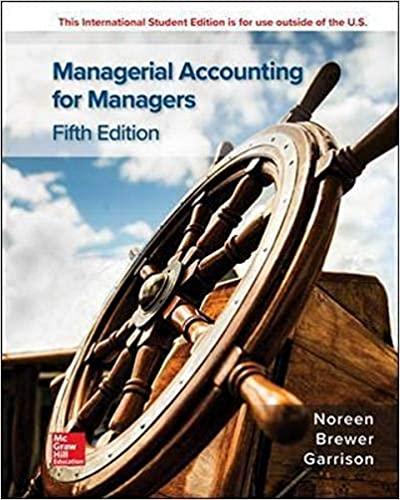Question
C4 A1 Q18 . In Europe the airlines and railway sectors are competing for the travel needs of the increasingly mobile and massive consumer market.
C4 A1 Q18
. In Europe the airlines and railway sectors are competing for the travel needs of the increasingly mobile and massive consumer market. TravelWithUs, a leading airline company is looking to create a new joint venture with FromHereToThere, Inc. a dominant player in the rapid transit railway sector that will provide a huge opportunity to create value through cost reductions in the excessive competition between the two sectors. This joint venture will also be able to provide new travel options to an increasingly demanding customer, combining air and travel routes, to minimize the time taken to travel between various destinations. The new joint venture will have an asset beta equal to 80% the sum of the asset beta of the airline and railway businesses. The joint venture would require a $20 billion investment and would generate after tax free cash flows of about $2.75 billion starting the following year (t = 1) and will grow at the rate of inflation of 3% for the foreseeable future. The joint venture would be financed by a $10 billion issuance of new stock each by TravelWithUs., Inc. and HereToThere, Inc. that will give each company a 50% ownership in the joint venture.
TravelWithUs., Inc. has a market value of equity of $50 billion and an industry average debt to equity ratio of 0.60. On the other hand, HereToThere, Inc. has a market value of equity of $25.00 billion and an industry average debt to equity ratio of 0.50. The airline business has an average beta of equity of 2.50, while the average equity beta in the railway business is 1.75. The average returns on debt in the airline and railway industries are 8.00% and 6.75%, respectively. The risk free rate is 2.50% and the expected market risk premium (the difference between the market return and the risk free rate) is 4.00% for the foreseeable future. Assume that the tax rate is 34%, the interest payments on debt are tax deductible and the tax shield on debt is as risky as the assets of a business. What is the return on equity to the stockholders of TravelWithUs, Inc. after the formation of the joint venture?
Step by Step Solution
There are 3 Steps involved in it
Step: 1

Get Instant Access to Expert-Tailored Solutions
See step-by-step solutions with expert insights and AI powered tools for academic success
Step: 2

Step: 3

Ace Your Homework with AI
Get the answers you need in no time with our AI-driven, step-by-step assistance
Get Started


